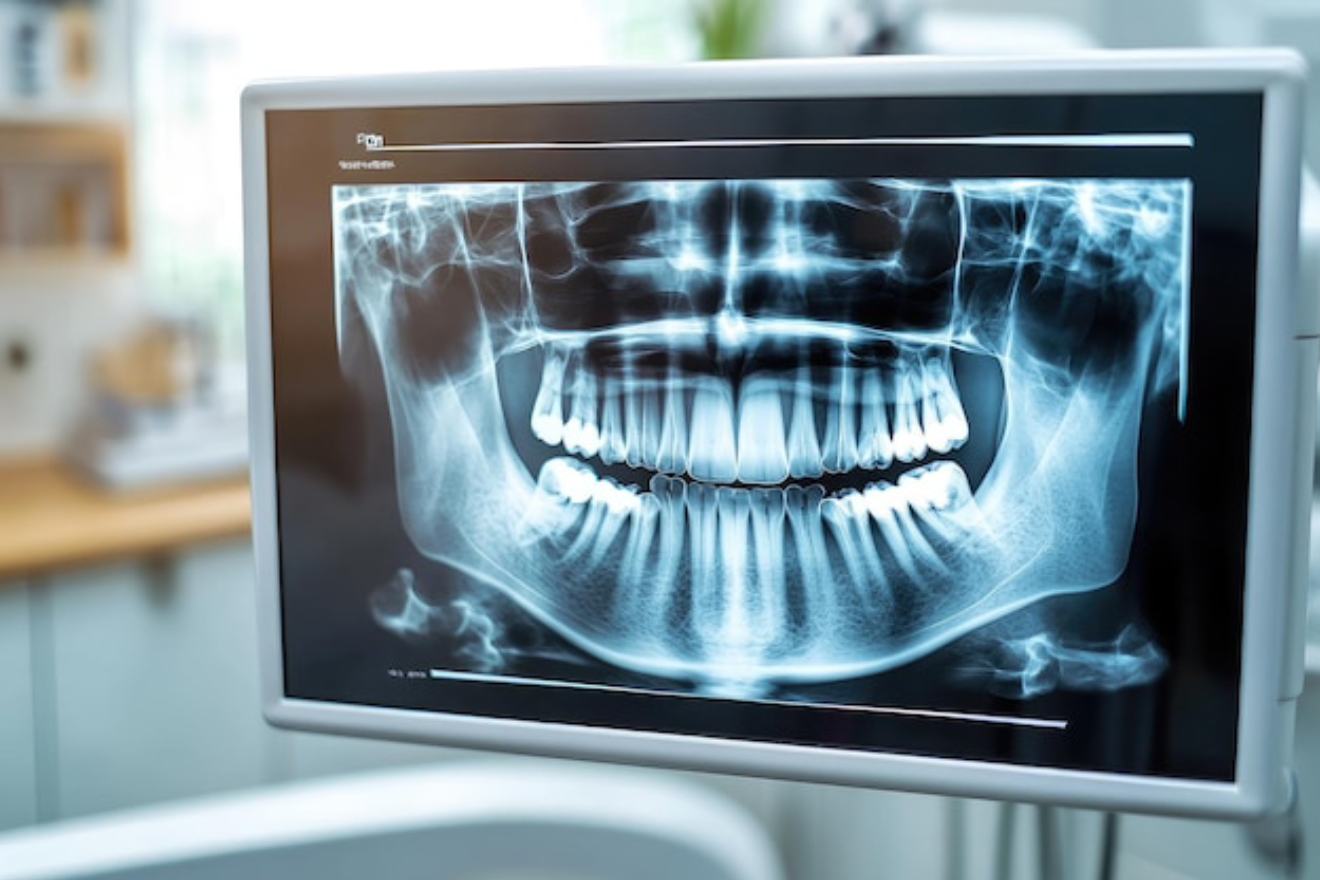Comprehensive Guide to Dental Radiography: Enhancing Diagnosis and Treatment
Dental radiography is a critical tool in modern dentistry, providing detailed images of the teeth, bones, and surrounding structures to aid in the diagnosis and treatment of dental conditions. By using various types of X-ray imaging, dental professionals can gain insights into areas that are not visible during a routine examination. This guide explores the types, benefits, and applications of dental radiography, as well as safety considerations.
What Is Dental Radiography?
Dental radiography, also known as dental X-rays, involves the use of X-ray technology to create images of the dental structures. These images help dentists detect issues such as cavities, bone loss, and infections, which may not be apparent through visual examination alone.
Types of Dental Radiography
- Bitewing X-rays
- Bitewing X-rays are used to view the upper and lower teeth in a specific area of the mouth. The patient bites down on a small winged device that holds the X-ray film or sensor in place. These X-rays are particularly useful for detecting cavities between teeth and assessing bone levels around teeth.
- Periapical X-rays
- Periapical X-rays focus on the entire tooth, from the crown to the root, including the surrounding bone. This type of X-ray is useful for diagnosing issues such as abscesses, root infections, and bone loss. It provides a comprehensive view of a single tooth and its supporting structures.
- Panoramic X-rays
- Panoramic X-rays capture a broad view of the entire mouth, including all the teeth, upper and lower jaws, and surrounding structures. This type of X-ray is valuable for evaluating overall oral health, planning treatments, and detecting problems such as impacted teeth, jaw fractures, and tumors.
- Cephalometric X-rays
- Cephalometric X-rays are used to analyze the relationship between the teeth and jawbone. This type of X-ray provides a lateral view of the head, showing the alignment of the teeth, the position of the jaw, and the overall skeletal structure. It is often used in orthodontics to plan braces and other corrective treatments.
- Cone Beam Computed Tomography (CBCT)
- CBCT provides three-dimensional images of the teeth, jaws, and surrounding tissues. It offers a detailed view of the dental structures and is particularly useful for complex cases such as implant placement, evaluating jawbone density, and diagnosing certain types of infections or tumors.
Benefits of Dental Radiography
- Early Detection of Dental Problems:
- Dental radiography allows for the early detection of issues such as cavities, infections, and bone loss that may not be visible during a routine dental examination. Early detection helps in prompt treatment, preventing more severe complications.
- Accurate Diagnosis:
- X-ray images provide detailed insights into the health of the teeth and supporting structures, allowing for a more accurate diagnosis of dental conditions. This accuracy is crucial for effective treatment planning and management.
- Treatment Planning:
- Dental radiography aids in planning various dental treatments, including fillings, crowns, root canals, and orthodontic procedures. It helps dentists visualize the area and assess the best approach for treatment.
- Monitoring Dental Health:
- Regular X-rays can be used to monitor changes in dental health over time. This is particularly important for tracking the progress of ongoing treatments and detecting any new issues that may arise.
- Assessment of Tooth and Bone Structures:
- X-rays provide valuable information about the tooth roots, bone density, and surrounding tissues, which is essential for diagnosing conditions such as tooth fractures, bone infections, and impacted teeth.
Safety Considerations
- Minimizing Radiation Exposure:
- Modern dental radiography uses advanced technology to minimize radiation exposure. Digital X-rays, for example, require significantly less radiation than traditional film X-rays. Dentists use protective measures, such as lead aprons and thyroid collars, to further reduce exposure.
- Regulated Use:
- Dental X-rays are used only when necessary, and the frequency is regulated to ensure that patients are not exposed to excessive radiation. Dentists assess each case individually to determine the appropriate type and frequency of X-rays.
- Informed Consent:
- Patients are informed about the need for X-rays and the potential benefits and risks associated with them. Informed consent ensures that patients understand and agree to the procedure before it is performed.
Applications of Dental Radiography
- Cavity Detection:
- Dental radiography helps in identifying cavities that may not be visible during a visual examination. X-rays can reveal the extent of decay and guide the dentist in determining the appropriate treatment.
- Root Canal Diagnosis:
- X-rays are essential for diagnosing issues related to the tooth’s root and surrounding tissues. They help in assessing the need for a root canal and guiding the treatment process.
- Orthodontic Assessment:
- For orthodontic treatments, X-rays provide detailed images of the alignment of teeth and jaws, aiding in the design and planning of braces and other corrective devices.
- Implant Planning:
- Cone Beam Computed Tomography (CBCT) is used to assess the bone structure and density, which is crucial for the successful placement of dental implants.
- Monitoring Treatment Progress:
- X-rays are used to monitor the effectiveness of dental treatments, such as the healing process after a root canal or the stability of a dental implant.
Conclusion
Dental radiography plays a vital role in modern dentistry by providing essential insights into the health of the teeth, gums, and supporting structures. With its various types and applications, dental X-rays enhance diagnostic accuracy, improve treatment planning, and contribute to overall dental health. While safety is a top priority, advancements in technology ensure that radiation exposure is kept to a minimum. Regular use of dental radiography enables dentists to deliver effective and precise care, ultimately supporting the long-term health and well-being of patients’ smiles.


